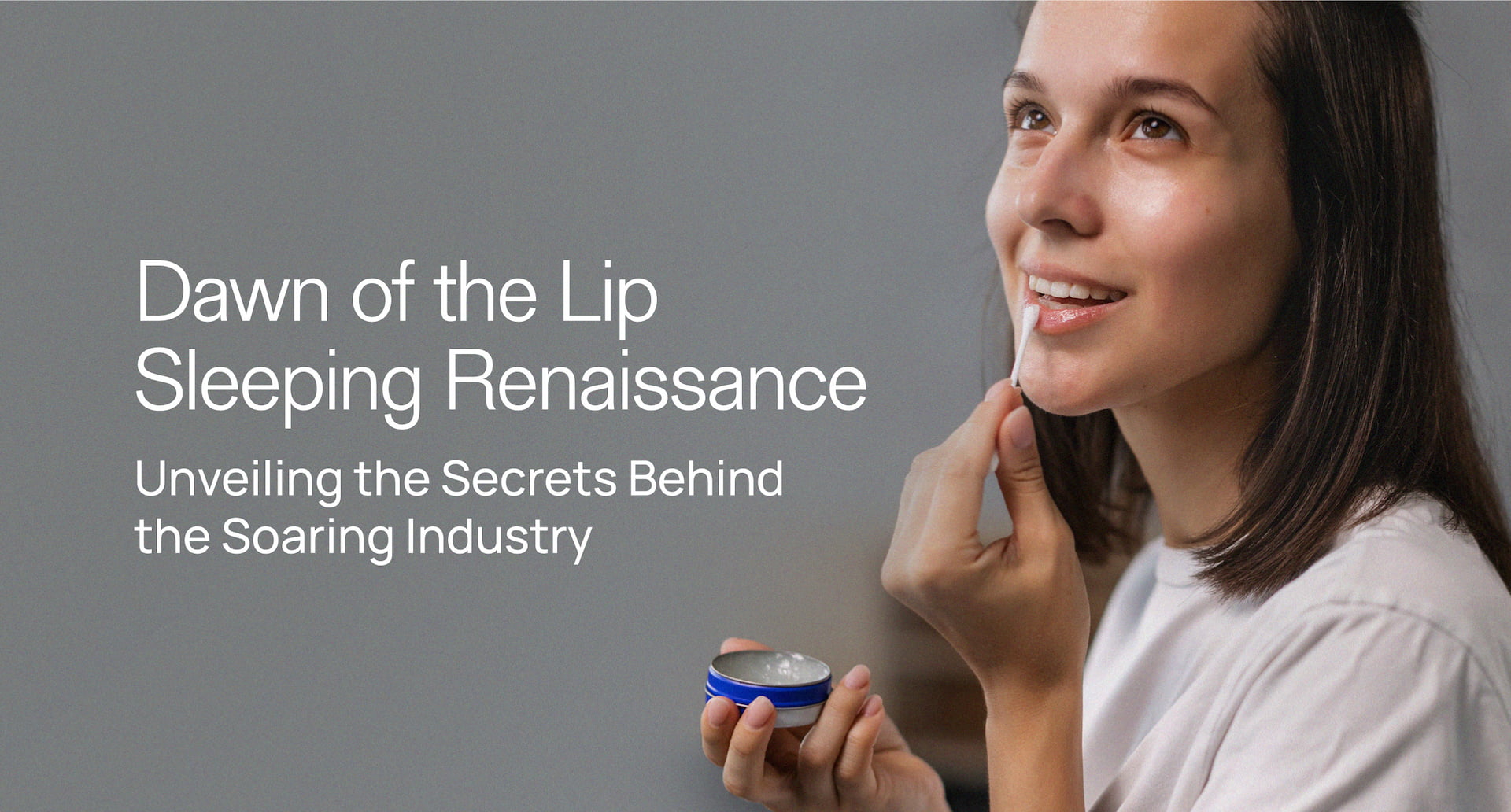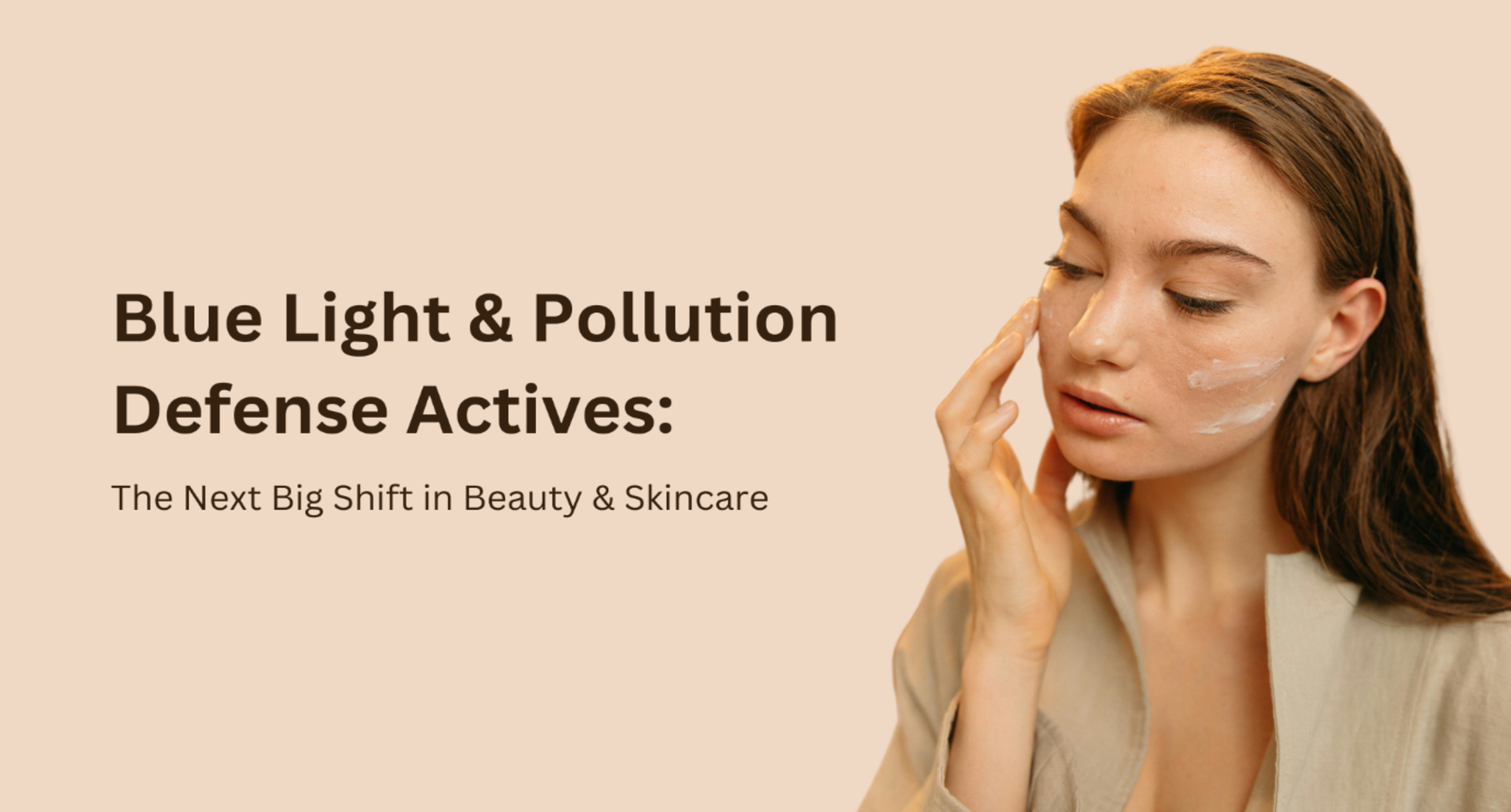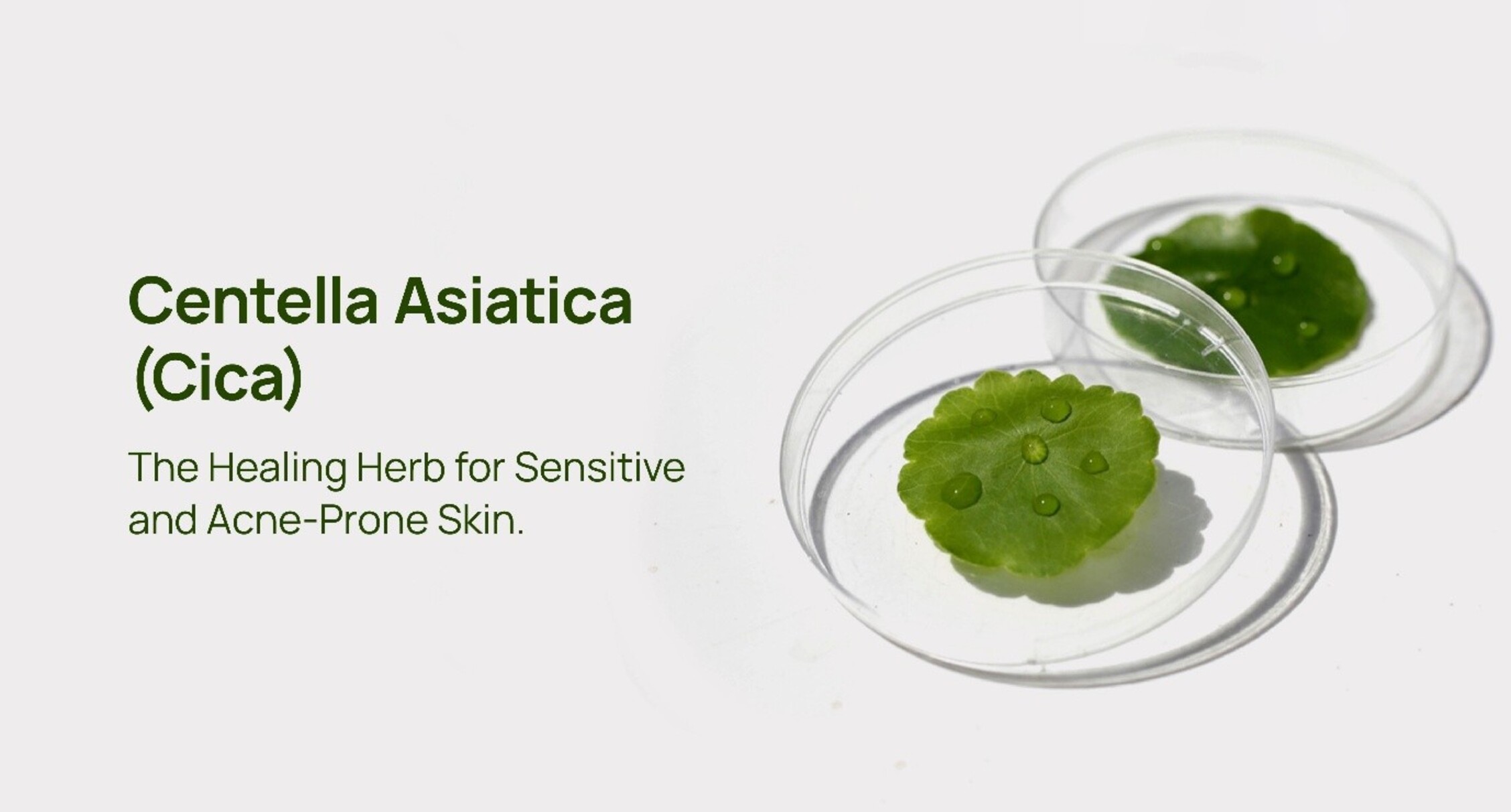In today’s beauty ecosystem, product performance is no longer the only differentiator. The emotional experience a product delivers—through its design, texture, and sensory cues—is increasingly shaping consumer preferences and purchase decisions. From intuitive packaging to playful product formats and story-rich concepts, beauty is evolving into something more immersive, more personal, and more memorable.
Here’s how brands are embracing emotional engagement across three key dimensions:
1. Design as a Reflection of Brand Identity
Packaging is no longer just a container—it’s a communication tool. The way a product is designed often speaks before the formulation does. We’re seeing more beauty brands align packaging aesthetics with their core brand narrative, allowing consumers to connect with the product on a visual and emotional level.
- Minimalist designs reflect purity, science-backed claims, and modern lifestyles
- Earthy tones and organic shapes reinforce Ayurvedic or botanical positioning
- Vibrant formats signal fun, inclusivity, or youth-driven brand energy
Interestingly, several indie and global brands are borrowing from other lifestyle categories—designing products that resemble food jars, fragrance bottles, or artisanal crafts—adding a touch of surprise and enhancing the product’s shelf appeal. These touches do more than impress; they trigger emotional familiarity, which is critical in the decision-making moment.
2. Texture as a Sensory Signature
Consumers are increasingly drawn to how a product feels, not just how it performs. Texture has become a key element of emotional engagement—a tactile cue that offers instant gratification and forms part of a brand’s sensory signature.
From whipped creams and bouncy gels to powder-to-liquid formats and melting balms, textures now spark joy, curiosity, and a sense of indulgence. These sensorial qualities subtly influence a consumer’s trust, recall, and satisfaction.
What’s more, these textures often reflect the product’s intent:
- A rich, velvety night cream may signal nourishment and care
- A cooling gel hints at freshness, calm, and minimalism
- A fluffy or transforming texture often taps into the consumer’s inner child
The takeaway? Texture has become emotional real estate, quietly building brand memory through everyday rituals.
3. Sensory Experience Through Fragrance, Color & Storytelling
While visual and tactile elements are crucial, the multi-sensory experience—fragrance, color psychology, and ingredient storytelling—is what truly elevates a product from functional to unforgettable.
Brands are increasingly connecting food, florals, and familiar sensory cues with their beauty concepts to evoke emotional response. For instance:
- A vanilla or cocoa-scented body butter can trigger comfort and nostalgia
- A rose or lavender infusion can anchor wellness and calm
- Citrus notes often evoke freshness, clarity, and high energy
Even formulation colors are becoming purposeful pastels for softness, deep tones for richness, and gold or pearl finishes to signal luxury.
This approach isn’t just aesthetic—it’s strategic. By tapping into emotions like joy, calm, nostalgia, and indulgence, brands are able to craft stronger product stories that resonate far beyond the point of sale. In many cases, it’s this emotional pull that turns a first-time user into a long-term advocate.
Creating Experiences That Stay with Consumers
Ultimately, consumers remember how a product made them feel—not just what it claimed. The more immersive and emotionally connected the experience, the more powerful its impact on brand perception and loyalty.
In a crowded market, it’s the sensory and emotional dimension of beauty that builds distinction and desire. And that’s where true brand-building begins.
Written by Zymist: Divya Nimavat Edited by Zymist: Priyal Shah



-p-500.jpeg)




